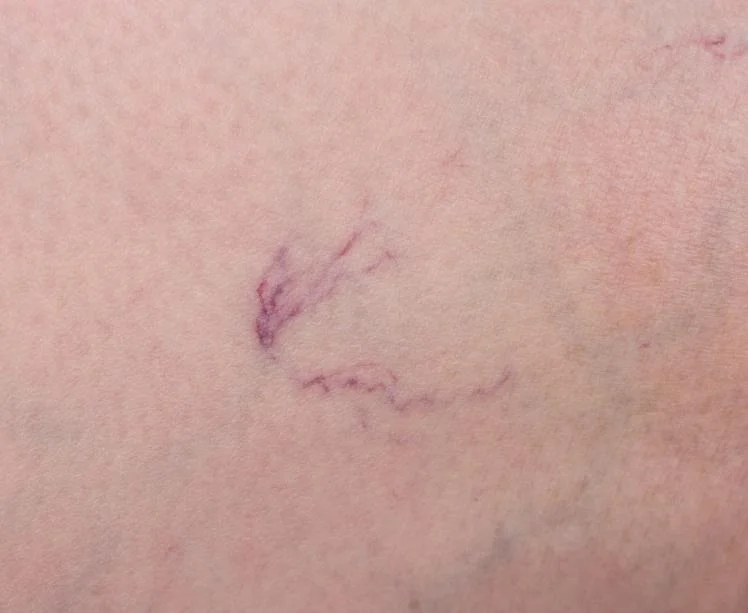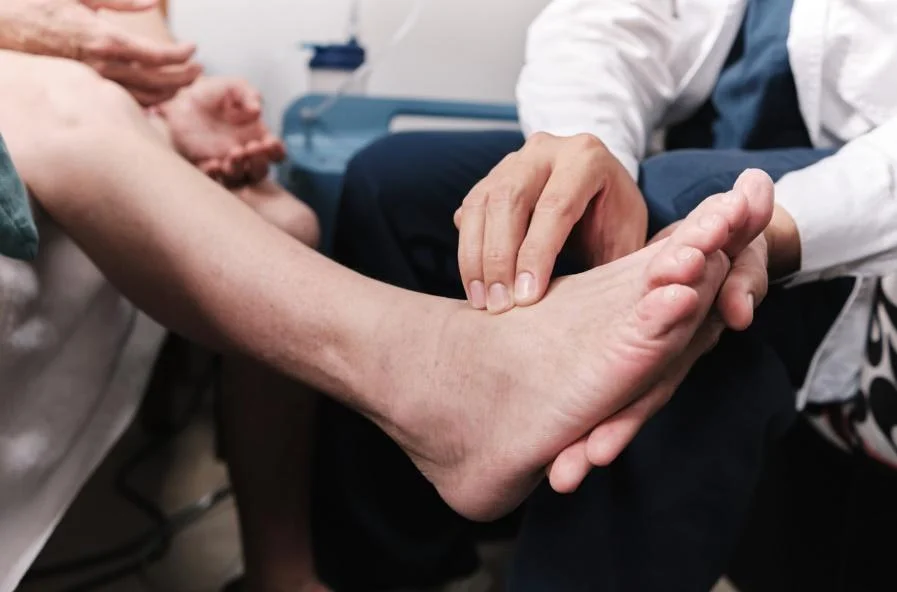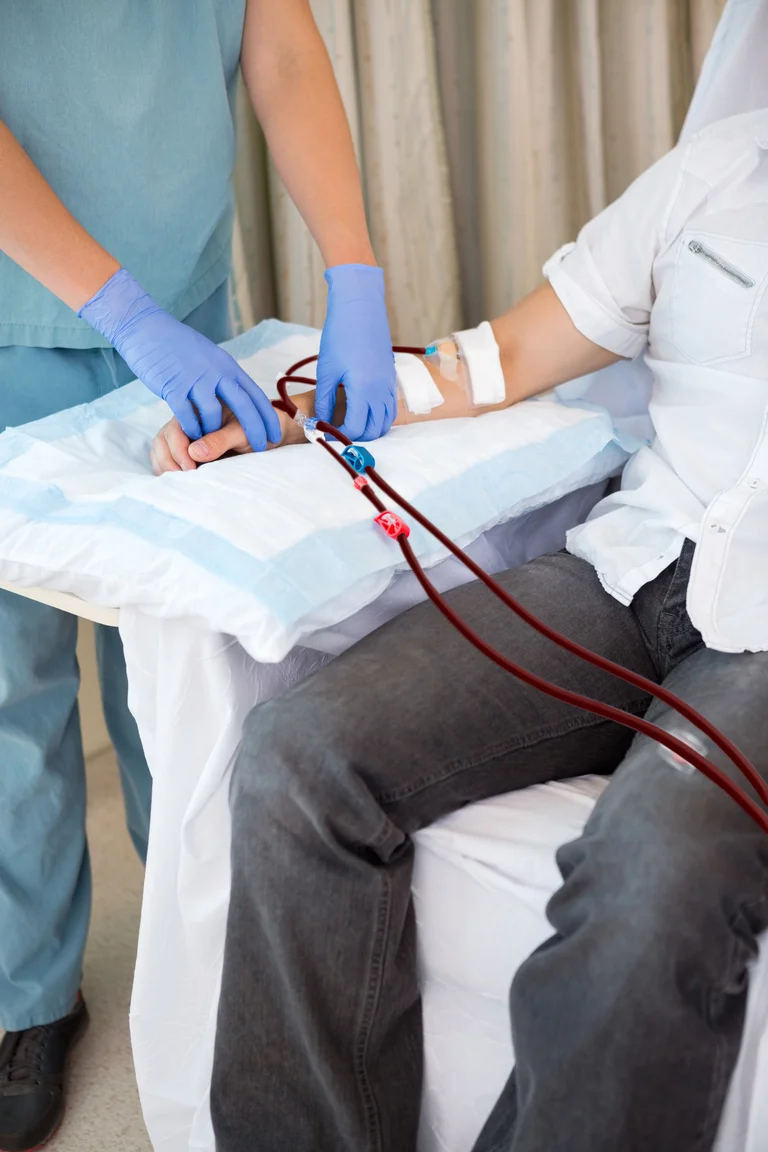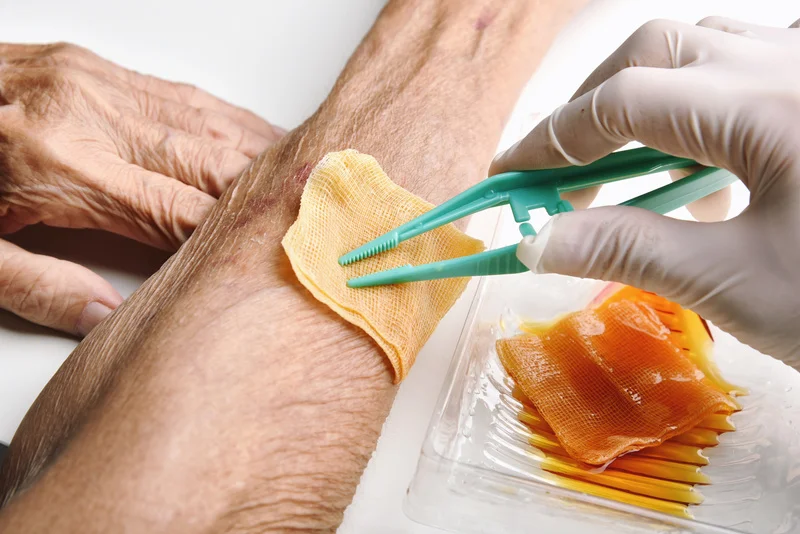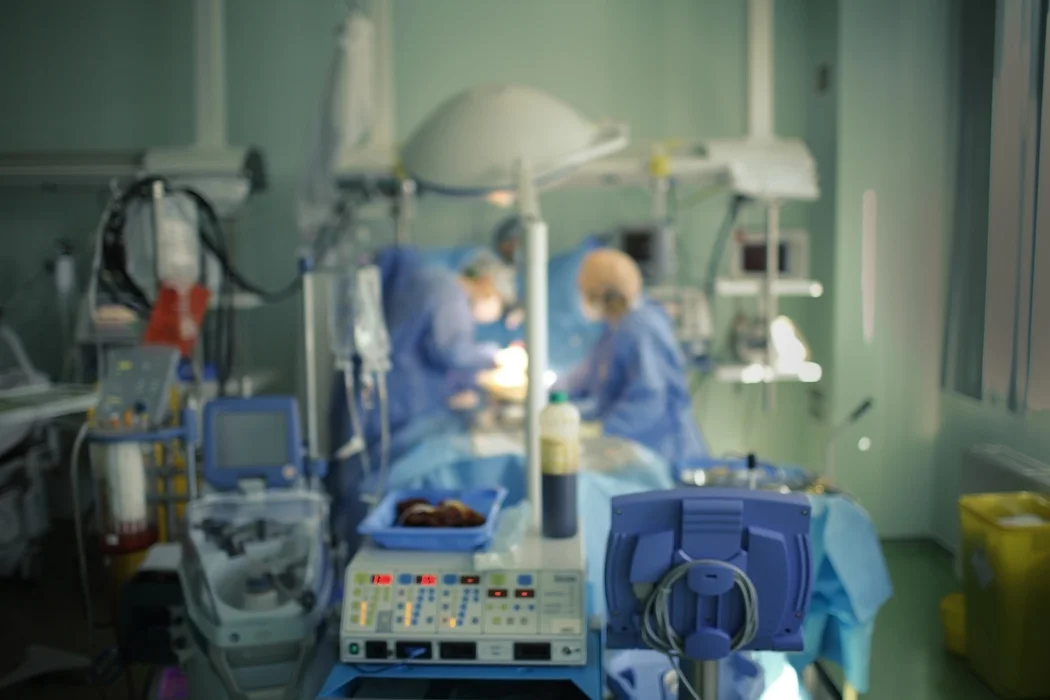What are Aortic Aneurysms?
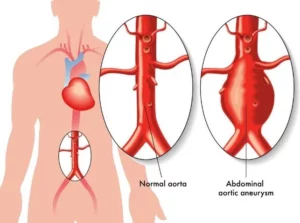
Aortic aneurysms are a significant vascular condition characterized by a ballooning or bulging of the aorta—the body’s largest artery, which carries oxygen-rich blood from the heart to all other organs. These aneurysms most commonly develop in the abdominal region (abdominal aortic aneurysm, or AAA) but can also appear in the chest area (thoracic aortic aneurysm, or TAA). As the aortic wall weakens, it stretches under the force of circulating blood, forming a weakened segment that may continue to expand over time.
While some individuals might never experience complications from a slow-growing aneurysm, others may face a rapidly enlarging bulge that could rupture without warning. Because of the aorta’s vital role in maintaining blood flow, any weakening in its walls can pose an immediate health risk. Early recognition and timely management are therefore essential to ensuring the best possible outcome.
Common Symptoms and Incidental Findings
One of the challenging aspects of aortic aneurysms is their tendency to remain silent. Many people harbor an aneurysm for years without ever knowing it. In fact, a large number of aortic aneurysms are discovered accidentally during imaging tests conducted for unrelated reasons, such as back pain or kidney issues.
When symptoms do occur, they can include a persistent, deep pain in the chest, abdomen, or back. Depending on the location of the aneurysm, individuals may also experience shortness of breath, hoarseness, or difficulty swallowing if the enlarged vessel presses on surrounding structures. These vague indicators can mimic other conditions, so it is crucial to seek a proper medical evaluation at the first sign of persistent or unexplained discomfort.
Why Aortic Aneurysms Form
Several factors contribute to the development of aortic aneurysms, with high blood pressure and atherosclerosis (hardening of the arteries) among the most common culprits. These conditions gradually weaken the walls of blood vessels over time. Smoking, a family history of aneurysms, and inherited connective tissue disorders can further elevate the risk. Although some people may never develop complications, a growing aneurysm poses a significant danger, as it can rupture and cause life-threatening internal bleeding.
Potential Complications and Dangers of Rupture
The most critical danger associated with aortic aneurysms is the possibility of rupture. If the aneurysm’s wall tears, massive internal bleeding can occur, leading to a life-threatening emergency which can be fatal without prompt treatment.
Blood clots can also form inside the aneurysm, and portions of these clots may break free and travel to other parts of the body, potentially blocking blood flow to vital organs or limbs.
Even without rupture or embolization, a growing aneurysm can cause pressure-related complications, including chronic pain or dysfunction of nearby organs.
How Aortic Aneurysms are Diagnosed
Given the silent nature of many aortic aneurysms, imaging studies are paramount in diagnosing the condition. Ultrasound scanning is often used as a first-line test because it is non-invasive, widely available, and adept at measuring the diameter of the aorta. CT scans or MRI may provide more detailed information about the exact location, shape, and size of the aneurysm, particularly if surgical intervention might be necessary. Regular monitoring—sometimes every six months or annually—helps track any changes in the aneurysm’s size or shape. A clear picture of growth trends guides vascular surgeons in determining the right time for intervention.
Treatment Options: From Surveillance to Surgery
Management strategies depend on multiple factors, including the aneurysm’s size, growth rate, and impact on a patient’s daily life. For smaller aneurysms that pose a lower immediate risk, a “watch-and-wait” approach may suffice, supplemented with medication to keep blood pressure under control and reduce stress on the vessel walls.
When aortic aneurysms exceed a certain diameter—often around 5.5 cm for an abdominal aortic aneurysm or 5.5 to 6.0 cm for a thoracic aortic aneurysm— or when rapid expansion occurs, surgical repair becomes the recommended course of action. There are two principal surgical options:
- Open Surgical Repair involves making a larger incision to replace the weakened section of the aorta with a synthetic graft. This procedure has a long track record of success but typically involves a more extended recovery period and a higher initial surgical risk.
- Endovascular Aneurysm Repair (EVAR) uses a minimally invasive technique to insert a stent through small incisions in the groin area. This stent is a tube-like structure made of a metal framework (stent) covered by a fabric graft. It reinforces the aortic wall and creates a new channel for blood flow, effectively bypassing the aneurysm. By redirecting blood flow and relieving pressure on the weakened area, EVAR mitigates the risk of rupture. Compared to open surgery, EVAR offers a lower perioperative risk, less discomfort, and a shorter hospital stay, making it a safer and more convenient option.
Expertise and Final Thoughts
In navigating the complexities of aortic aneurysms—whether abdominal or thoracic—securing guidance from a skilled vascular surgeon can make an enormous difference. Dr. Lim is well-versed in all aspects of aortic aneurysm management, including the latest innovations in minimally invasive procedures like EVAR. His approach blends in-depth clinical knowledge with a focus on patient-centered care.
Although some aortic aneurysms never progress to a critical stage, staying informed and attending regular check-ups are essential measures for anyone at risk. Being proactive can help detect changes in the size or shape of an aneurysm before an emergency arises. With appropriate monitoring and an individualized treatment plan—ranging from watchful waiting to advanced surgical interventions—many people with aortic aneurysms can continue to lead healthy, active lives.
If you suspect you may have an aortic aneurysm, or if you’ve already been diagnosed and want to explore treatment possibilities, reach out to schedule a consultation and discuss the approach best suited specialist to your medical situation.
This information is provided as a general guideline and should not replace professional medical advice. Always consult with your healthcare provider for personalized recommendations.
FAQ about Aortic Aneurysms
An aortic aneurysm is a bulge or enlargement in the aorta, the main blood vessel that delivers blood from your heart to the rest of your body. This condition can be serious as the wall of the aorta can weaken, leading to a risk of rupture. This leads to life-threatening internal bleeding.
Firstly, take a deep breath. It’s important to gather as much information as you can and discuss your concerns and treatment options with a specialist. Early diagnosis and management are key in dealing with aortic aneurysms. Dr. Lim and his team are here to support you every step of the way, providing compassionate care, detailed information, and expert medical advice to help you make informed decisions about your health.
The treatment for aortic aneurysms is multifaceted and based on various factors including size, location, and individual health conditions. Dr. Lim emphasizes a tailored approach to each patient’s condition. Treatment approaches include:
- Monitoring and Medication:
Small aneurysms may be closely monitored with regular imaging tests and medications to manage blood pressure and prevent the aneurysm from growing.
An EVAR is a minimally invasive procedure that involves placing a stent-graft within the aneurysm to reinforce the weakened section of the aorta. This procedure can be suitable for patients with certain types and locations of aneurysms and is associated with shorter recovery times compared to open surgery.
This is a more traditional method where an incision is made in the abdomen to access the aneurysm. The weakened section of the aorta is replaced with a synthetic graft. Open repair is highly effective but involves a longer recovery period.
Not all aortic aneurysms require surgery. Small aneurysms are often monitored with regular imaging tests to check for any changes in size or symptoms. Surgery is generally recommended when the aneurysm is large, growing quickly, or causing symptoms like backaches or abdominal pain. Dr. Lim will assess your particular situation and help you decide the best course of action based on your overall health, lifestyle, and personal preferences.
Dr. Lim meticulously evaluates several factors to determine the most appropriate surgical approach for your aortic aneurysm. These include the size, shape, and location of the aneurysm, your age, medical history, and overall health. Endovascular aneurysm repair (EVAR) is a minimally invasive option suitable for some patients, while open surgery may be necessary for others. Dr. Lim will discuss the benefits and risks of each option with you and collaborate with you to decide the best treatment plan tailored to your needs.
A rupture of an aortic aneurysm is a medical emergency and can lead to severe internal bleeding and potentially be life-threatening. It’s crucial to seek immediate medical attention if you experience sudden, intense, and persistent abdominal or back pain, as this could be indicative of a ruptured aortic aneurysm.
Aortic aneurysms often develop silently, but early signs- depending on the location- may include a pulsing feeling in the abdomen, back or chest pain, or a persistent cough. Sudden severe pain may indicate a rupture and requires urgent medical attention.
Yes, many people live long lives with an aortic aneurysm, especially if it’s small and monitored regularly. Managing blood pressure and avoiding smoking can slow its growth. Surgery may be needed if the aneurysm is large or causes symptoms.
An aortic aneurysm isn’t “curable” in the traditional sense, but it can be effectively treated. Small aneurysms are often monitored, while larger or symptomatic ones may need surgery. With proper care and follow-up, many people can live well with this condition.
Risk factors for aortic aneurysm include older age, smoking, high blood pressure, high cholesterol, and a family history of aneurysms. Men and people with heart or vascular disease are also at higher risk. Regular check-ups help with early detection.
Aneurysms often have no symptoms until they rupture. However, some people may experience warning signs like back, chest, or abdominal pain, a pulsating sensation, or a persistent cough. Sudden, severe pain may signal a rupture and needs immediate medical attention.
No, an ECG cannot detect an aortic aneurysm. ECGs measure heart rhythm and electrical activity, not the size or condition of the aorta. Aneurysms are usually diagnosed with imaging tests like ultrasound, CT scan, or MRI.
Avoid heavy lifting, intense straining, and high-impact exercises, as they can raise pressure on the aorta. Activities that suddenly spike blood pressure should also be limited. Always check with your vascular surgeon before starting or continuing any exercise routine.
Triggers for aneurysm growth or rupture include uncontrolled high blood pressure, heavy lifting, physical strain, trauma, and smoking. These factors can increase pressure on the aortic wall, raising the risk of complications—especially if the aneurysm is already large.


